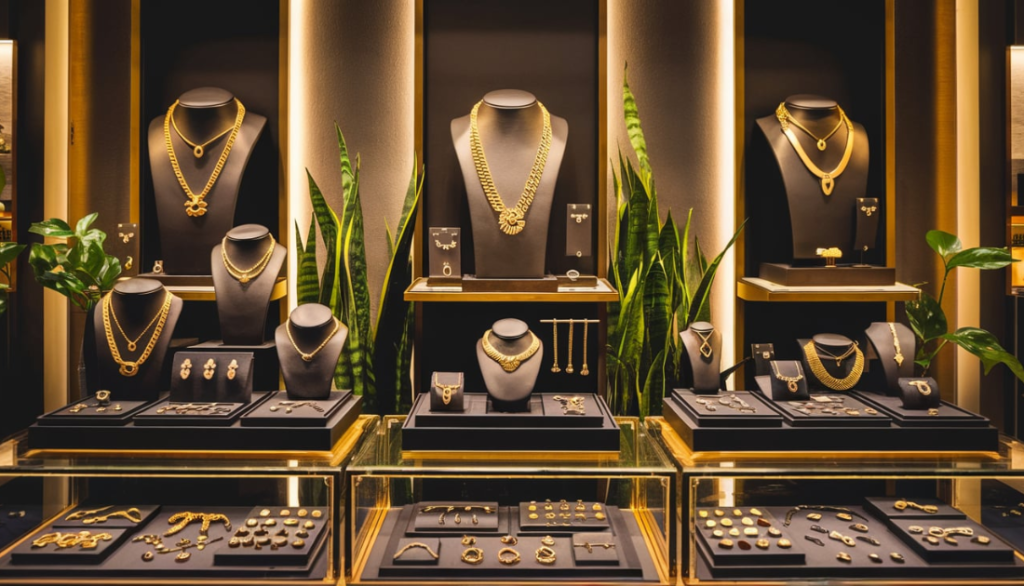In the glittering world of fine jewelry, 10k gold stands out as a popular choice for those seeking a balance between quality and affordability. Whether you’re eyeing a stunning necklace or a timeless ring, understanding the ins and outs of 10k gold jewelry can help you make an informed decision. This comprehensive guide will explore everything from its composition to care, ensuring you’re well-equipped to choose the perfect piece for your collection.
Before you invest in 10K gold jewelry, it’s crucial to understand what you’re getting. This affordable option in the world of fine jewelry contains 50% pure gold, making it more durable than higher karat options but potentially less valuable. While it’s perfect for everyday wear due to its strength, it may not be hypoallergenic for all skin types.
10K gold contains less than 50% pure gold, which can result in a lighter color and less richness compared to higher-karat gold options.
The Allure of Gold: A Timeless Treasure
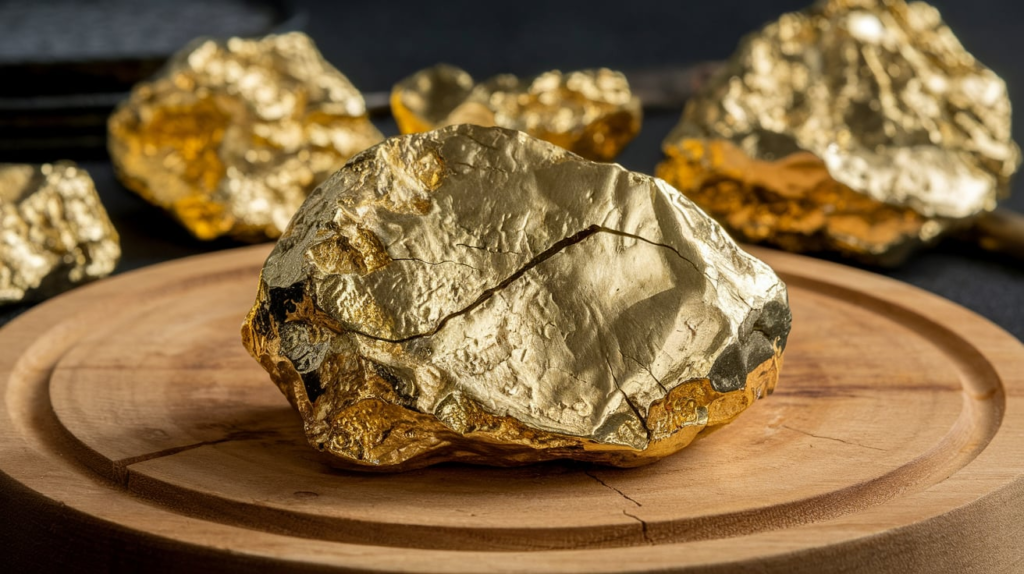
Gold has captivated humanity for millennia, its warm luster and enduring beauty making it a symbol of wealth and status across cultures. From ancient Egyptian pharaohs to modern-day fashionistas, gold jewelry has maintained its appeal, evolving with changing tastes while retaining its core allure.
In today’s market, 10k gold has carved out a niche as an accessible entry point into the world of gold jewelry. It offers the prestige of gold at a more attainable price point, making it a go-to choice for everyday jewelry and those new to fine jewelry collecting.
What Exactly is 10k Gold?
Before diving deeper, let’s demystify what 10k gold actually is. The term “karat” refers to the purity of gold, with 24 karats being pure gold. 10 karat gold contains 41.7% pure gold, with the remaining 58.3% composed of other metals like copper, silver, or zinc. This composition strikes a balance between the coveted properties of gold and the durability needed for daily wear.
The Composition of 10k Gold: Breaking Down the Karats

Understanding the composition of 10k gold is crucial for appreciating its value and characteristics. Let’s break it down:
| Karat | Gold Content | Other Metals |
| 24k | 100% | 0% |
| 18k | 75% | 25% |
| 14k | 58.3% | 41.7% |
| 10k | 41.7% | 58.3% |
As you can see, 10k gold has a lower gold content compared to higher karat options. However, this doesn’t necessarily make it inferior. The added metals contribute to its durability and can even enhance its color, depending on the specific alloy used.
Gold Content vs. Alloy Metals
The alloy metals used in 10k gold serve several purposes:
- Increased durability: Pure gold is soft and prone to scratching. Alloy metals harden the gold, making it more resistant to wear and tear.
- Color variation: Different alloys can produce various shades of gold, from rich yellow gold to rose or white gold.
- Cost reduction: By using less pure gold, manufacturers can offer more affordable jewelry options.
How 10k Compares to Other Gold Purities
When shopping for gold jewelry, you’ll encounter various karat options. Here’s how 10k gold stacks up:
- 24k gold: Pure gold, rarely used in jewelry due to its softness.
- 18k gold: 75% pure gold, a popular choice for fine jewelry.
- 14k gold: 58.3% pure gold, balancing quality and affordability.
- 10k gold: 41.7% pure gold, the most affordable option that can still be marketed as gold in the US.
10k gold offers an excellent entry point into the world of fine jewelry, combining the prestige of gold with practicality for everyday wear.” – Sarah Johnson, Gemologist
As you can see, 10k gold has a lower gold content compared to higher karat options.
Durability and Longevity: Is 10k Gold Built to Last?

One of the primary concerns when investing in jewelry is its longevity. 10k gold pieces are known for their durability, often outlasting their higher karat counterparts in terms of resistance to wear and tear.
Hardness on the Mohs Scale
The Mohs scale measures the hardness of materials, with diamonds at 10 (hardest) and talc at 1 (softest). Here’s how different gold purities compare:
| Gold Purity | Mohs Hardness |
| 24k | 2.5 |
| 18k | 2.75 |
| 14k | 3-3.5 |
| 10k | 3.5-4 |
As you can see, 10k gold jewelry is significantly harder than pure gold, making it more resistant to scratches and dents.
Resistance to Wear and Tear
The increased hardness of 10k gold translates to better resistance to daily wear and tear. This makes it an excellent choice for:
- Engagement rings
- Wedding bands
- Bracelets
- Everyday necklaces
These pieces are often subjected to more stress and contact with various surfaces, making the durability of 10k gold a significant advantage.
Factors Affecting Lifespan
While 10k gold is durable, several factors can influence its lifespan:
- Care routine: Regular cleaning and proper storage can significantly extend the life of your jewelry.
- Usage patterns: Jewelry worn daily will naturally show signs of wear faster than pieces worn occasionally.
- Environmental exposure: Chemicals, extreme temperatures, and moisture can affect gold jewelry over time.
Case Study: The Enduring Appeal of a 10k Gold Wedding Band
John and Mary chose 10k gold wedding bands for their marriage in 1985. After 38 years of daily wear, their rings still maintain their shape and shine with minimal signs of wear. Regular cleaning and avoiding exposure to harsh chemicals have contributed to the longevity of their rings, proving that with proper care, 10k gold can indeed stand the test of time.
concept of gold related to skin allergy

For many jewelry enthusiasts, skin sensitivity is a significant concern. The good news is that 10k gold is generally considered hypoallergenic, making it a safe choice for most people.
Common Metal Allergies in Jewelry
Metal allergies are more common than you might think. The most frequent culprits include:
- Nickel
- Copper
- Cobalt
These metals are often used in jewelry alloys and can cause allergic reactions in sensitive individuals.
10k Gold’s Hypoallergenic Properties
While 10k gold does contain a higher percentage of alloy metals compared to higher karat gold, it’s still considered hypoallergenic for several reasons:
- Gold itself is hypoallergenic: The gold content in 10k jewelry acts as a barrier between the skin and potential allergens.
- Alloy composition: Reputable jewelers use hypoallergenic alloys in their 10k gold mixtures.
- Surface treatment: Many 10k gold pieces undergo surface treatments that further reduce the risk of allergic reactions.
Considerations for Sensitive Skin
If you have particularly sensitive skin or known metal allergies, consider the following:
- Opt for white gold varieties that are rhodium-plated, providing an extra barrier against potential allergens.
- Choose pieces with a higher karat rating if you’re extremely sensitive, as they contain less alloy metals.
- Always purchase from reputable jewelers who can provide information about their alloy compositions.
“In my years of practice, I’ve found that 10k gold rarely causes allergic reactions, even in patients with known metal sensitivities.” – Dr. Emily Chen, Dermatologist
Value Proposition: Is 10k Gold Worth Your Investment?
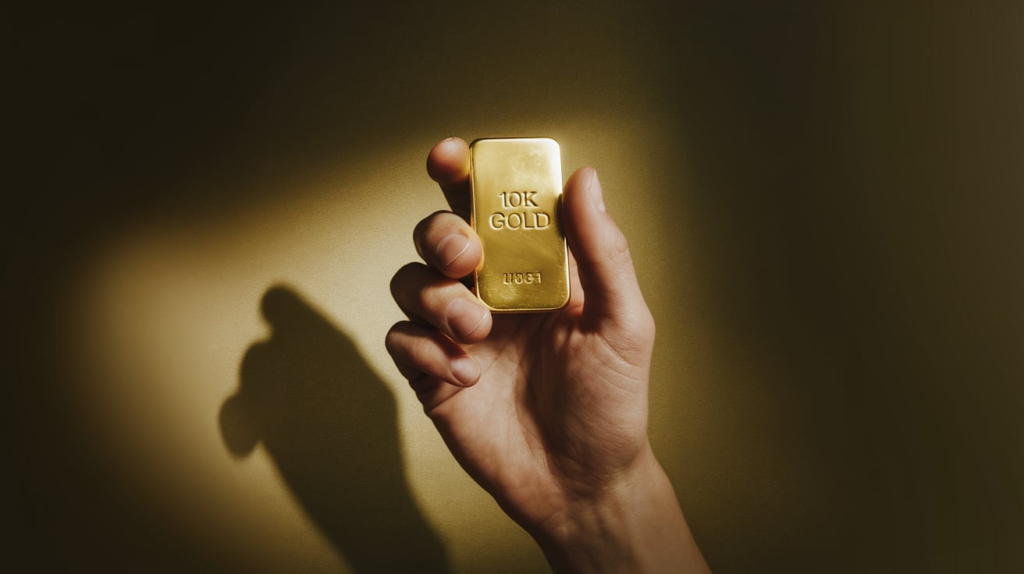
When considering an investment in fine jewelry, the value proposition of 10k gold is worth exploring. Let’s break down the factors that contribute to its worth.
Price Points Compared to Higher Karat Gold
One of the most attractive aspects of 10k gold jewelry is its affordability. Here’s a general price comparison:
| Gold Purity | Relative Price |
| 24k | $$$$ |
| 18k | $$$ |
| 14k | $$ |
| 10k | $ |
This affordability makes 10k gold an excellent option for those looking to expand their jewelry collection without breaking the bank.
Resale Value Considerations
While 10k gold may not have the same resale value as higher karat options, it still retains value over time. Factors affecting resale value include:
- Current gold prices
- Craftsmanship of the piece
- Brand reputation
- Overall condition of the jewelry
It’s important to note that jewelry is often more valuable as a wearable piece than for its gold content alone.
Balancing Cost, Durability, and Appearance
The true value of 10k gold pieces lies in their balance of affordability, durability, and aesthetic appeal. Consider these points:
- Cost-effective luxury: 10k gold allows you to own genuine gold jewelry at a fraction of the cost of higher karat options.
- Durability for daily wear: Its hardness makes it ideal for pieces you plan to wear frequently.
- Versatile appearance: 10k gold maintains the classic look of gold while offering various color options (yellow, white, rose).
For many of my clients, 10k gold offers the perfect balance of quality and affordability, especially for everyday pieces or those new to fine jewelry collecting.” – Maria Rodriguez, Jewelry Consultant
The Color Conundrum: Fading and Discoloration
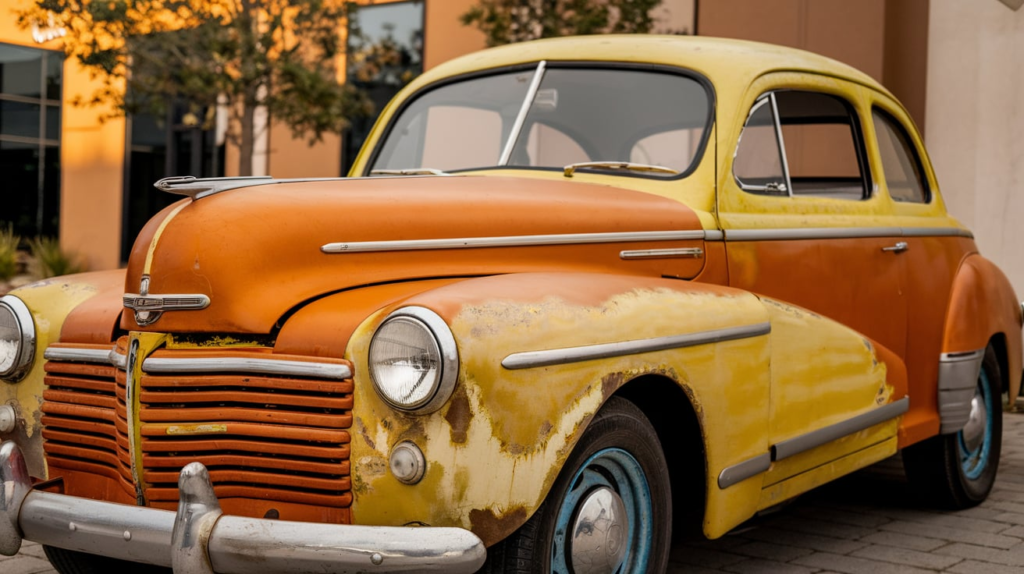
One common concern about 10k gold jewelry is its potential for fading or discoloration over time. Let’s address this issue head-on.
Natural Color Variations in 10k Gold
First, it’s important to understand that 10k gold comes in various colors, including:
- Yellow gold: The classic gold color
- White gold: Achieved through the use of white metal alloys and often rhodium plating
- Rose gold: Created by using copper in the alloy mix
Each of these can have slight variations in shade depending on the exact alloy composition.
Factors That May Affect Color Over Time
While 10k gold is generally stable in color, several factors can influence its appearance:
- Exposure to chemicals: Harsh cleaning products, chlorine, and even some cosmetics can affect the surface color of gold jewelry.
- Wear and tear: Over time, the outer layer of gold can wear away, potentially revealing the underlying alloy.
- Tarnishing: While gold itself doesn’t tarnish, the other metals in the alloy can react with air and moisture.
Realistic Expectations for Color Longevity
With proper care, the color of your 10k gold jewelry should remain stable for many years. However, it’s normal to see some changes over extended periods:
- Yellow gold may develop a slightly richer patina over time.
- White gold may need re-plating every few years to maintain its bright white appearance.
- Rose gold tends to maintain its color well due to the stability of its copper content.
Pro Tip: Regular cleaning and proper storage can significantly extend the color longevity of your 10k gold jewelry.
Water and 10k Gold: A Complex Relationship
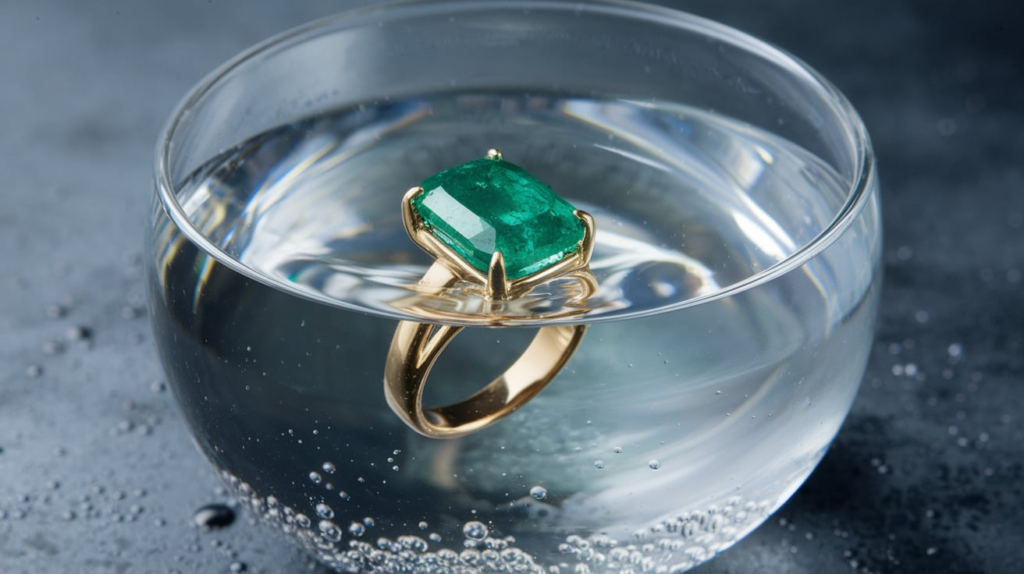
Many jewelry wearers wonder about the safety of exposing their 10k gold pieces to water. Let’s dive into this topic to clear up any misconceptions.
Effects of Showering with 10k Gold Jewelry
While occasional exposure to water won’t immediately damage your 10k gold jewelry, regular showering with your pieces on isn’t recommended. Here’s why:
- Soap residue: Soaps and shampoos can leave a film on your jewelry, dulling its shine.
- Hard water deposits: Minerals in water can accumulate on your jewelry over time.
- Increased wear: Frequent exposure to water can accelerate the wear of your jewelry’s finish.
Swimming and Other Water Activities
When it comes to more extensive water exposure, like swimming, extra caution is advised:
- Chlorine: Pool chemicals can react with the metals in your 10k gold, potentially causing discoloration or damage over time.
- Salt water: The salt in ocean water can be corrosive to metals, including those in your gold alloy.
- Temperature changes: Moving between hot tubs and cooler water can cause metal to expand and contract, potentially loosening stones.
Best Practices for Water Exposure
To keep your 10k gold collection in top condition:
- Remove jewelry before showering, swimming, or engaging in water sports.
- If your jewelry does get wet, dry it thoroughly with a soft cloth.
- Consider having your pieces professionally cleaned and checked annually, especially if they’ve had frequent water exposure.
While 10k gold is durable, it’s best to treat it with care. Think of it as an investment – the better you care for it, the longer it will maintain its beauty.” – Alex Thompson, Jewelry Care Expert
The Tarnish Question: Separating Fact from Fiction
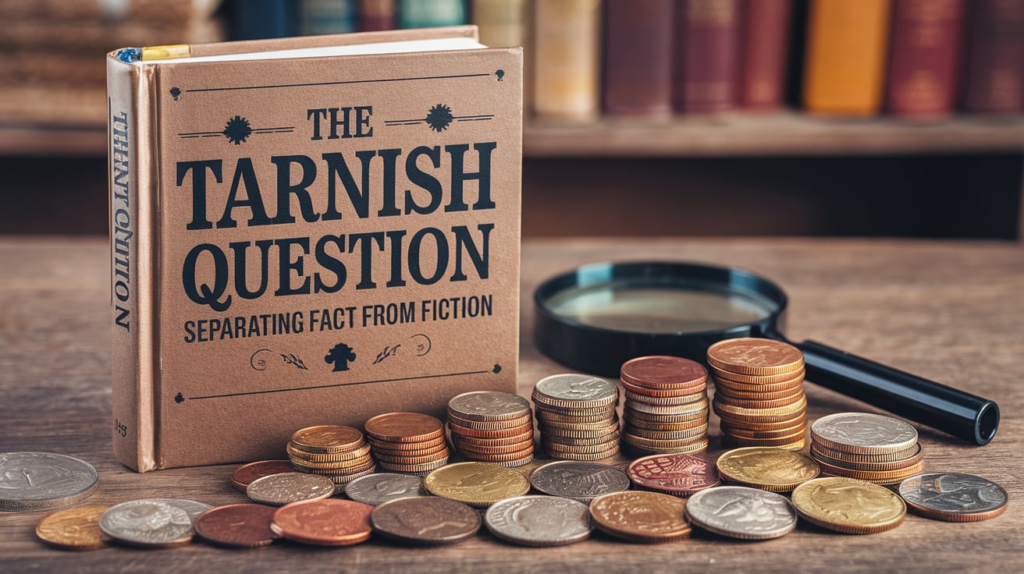
A common misconception about gold jewelry is its susceptibility to tarnish. Let’s clear the air about tarnishing and 10k gold jewelry.
What Causes Tarnishing in Gold Jewelry?
Tarnish is a chemical reaction that occurs when certain metals are exposed to air and moisture. Pure gold doesn’t tarnish, but the alloy metals in 10k gold can react over time. Common causes include:
- Exposure to air and moisture
- Contact with certain chemicals (including those found in cosmetics and perfumes)
- Reaction with the wearer’s skin oils and sweat
10k Gold’s Susceptibility to Tarnish
Due to its higher alloy content, 10k gold is more susceptible to tarnishing than higher karat gold. However, this doesn’t mean it will tarnish quickly or noticeably. The tarnish resistance of 10k gold depends on:
- The specific alloy composition
- Environmental factors
- Care and maintenance practices
Timeframe for Tarnishing
There’s no set timeframe for when 10k gold might show signs of tarnish. With proper care, many 10k gold pieces can go years without noticeable tarnishing. Factors influencing tarnish development include:
- Frequency of wear
- Storage conditions
- Exposure to chemicals and moisture
- Individual body chemistry
Quick Fact: Some people notice a faster rate of tarnishing due to their unique body chemistry, which can interact differently with the metals in 10k gold.
Preserving Your 10k Gold: Expert Care Tips
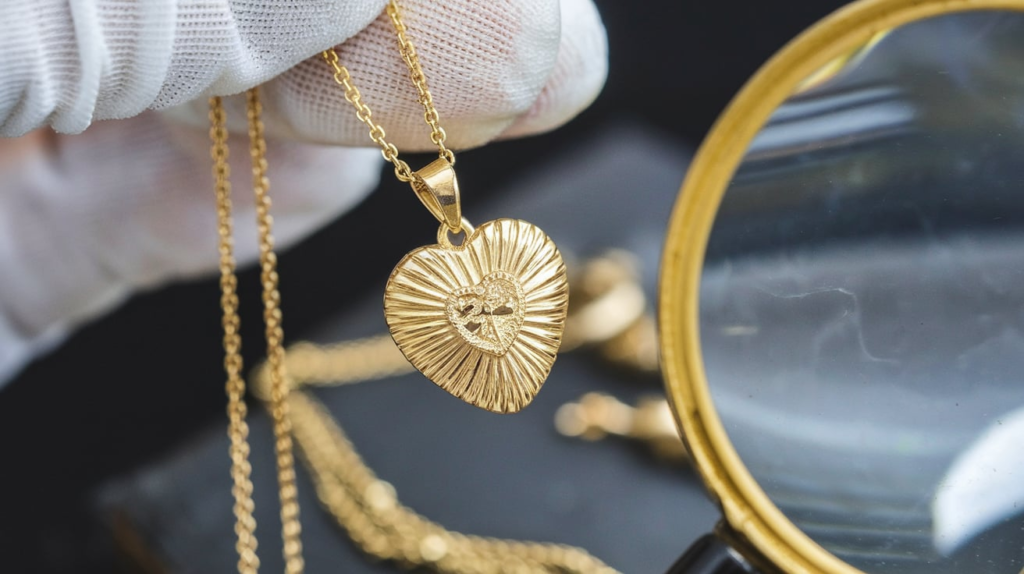
To ensure your 10k gold jewelry remains beautiful for years to come, follow these expert care tips.
Moisture Management
Water is one of the main culprits in jewelry damage. To protect your pieces:
- Remove jewelry before swimming, showering, or doing dishes.
- Dry jewelry thoroughly if it gets wet.
- Store in a dry place, away from bathroom humidity.
Cleaning Techniques and Frequency
Regular cleaning keeps your jewelry looking its best:
- Daily: Wipe with a soft, lint-free cloth after wearing.
- Weekly: Gentle cleaning with mild soap and warm water.
- Monthly: Use a specialized jewelry cleaner suitable for 10k gold.
- Annually: Professional cleaning and inspection.
Proper Storage Solutions
How you store your jewelry can significantly impact its longevity:
- Use individual soft cloth pouches or a jewelry box with separate compartments.
- Keep pieces away from direct sunlight and heat sources.
- Use silica gel packets in your storage area to absorb excess moisture.
The Importance of Separating Metals
Different metals can react with each other, potentially causing damage. To prevent this:
- Store gold pieces separately from other metals.
- Avoid wearing 10k gold jewelry in direct contact with other metal jewelry.
- Use dividers in your jewelry box to keep different types of metal apart.
Rhodium Plating: Pros, Cons, and Considerations
For white gold jewelry, rhodium plating is common. Here’s what you need to know:
Pros:
- Enhances the white color
- Increases scratch resistance
- Adds an extra layer of protection
Cons:
- Requires periodic re-plating (every 1-3 years, depending on wear)
- Adds to maintenance costs
Considerations:
- Some prefer the slightly warmer tone of unplated white gold
- Re-plating can be done during routine jewelry maintenance
Proper care of your 10k gold jewelry isn’t just about maintaining its appearance – it’s about preserving its value and the memories associated with each piece.” – Lisa Chen, Master Jeweler
Making an Informed Decision

As we wrap up our comprehensive guide to 10k gold jewelry, let’s weigh the pros and cons to help you make an informed decision.
Pros of 10k Gold
- Affordability: More budget-friendly than higher karat options.
- Durability: Harder and more resistant to scratches and dents.
- Variety: Available in a wide range of styles and designs.
- Low maintenance: Generally requires less care than higher karat gold.
- Hypoallergenic: Suitable for most people with sensitive skin.
Cons of 10k Gold
- Lower gold content: Contains less pure gold than higher karat options.
- Potential for tarnish: More susceptible to tarnishing due to higher alloy content.
- Lower resale value: Generally has a lower resale value compared to higher karat gold.
- Color differences: May have a slightly different hue compared to higher karat gold.
- Potential for skin reactions: Though rare, some individuals may be sensitive to the alloy metals.
Ideal Uses for 10k Gold Jewelry
10k gold is particularly well-suited for:
- Everyday jewelry: Its durability makes it perfect for pieces worn regularly.
- Affordable fine jewelry: Allows for larger or more intricate designs at a lower price point.
- Children’s jewelry: Withstands rough play better than higher karat options.
- Fashion-forward pieces: Ideal for trendy items you might not want to invest heavily in.
- Engagement rings for active lifestyles: Holds up well to daily wear and tear.
When to Consider Other Gold Purities
While 10k gold is versatile, there are situations where you might prefer a higher karat option:
- Investment pieces: If you’re buying jewelry as an investment, higher karat gold typically holds value better.
- Heirloom quality items: For pieces you intend to pass down, 14k or 18k might be more suitable.
- Cultural significance: Some cultures place a high value on purer gold, making 18k or 22k more appropriate.
- Skin sensitivities: If you have extremely sensitive skin, you might opt for higher karat gold with less alloy content.
The key is to match the gold purity to your specific needs and lifestyle. 10k gold offers an excellent balance for many jewelry lovers, but it’s not a one-size-fits-all solution.” – David Wong, Jewelry Industry Analyst
Conclusion: Embracing 10k Gold with Confidence
As we’ve explored throughout this guide, 10k gold jewelry offers a compelling blend of affordability, durability, and style. It’s a practical choice for those seeking fine jewelry that can withstand the rigors of daily wear without breaking the bank.
Let’s recap the key points:
- Composition: 10k gold contains 41.7% pure gold, balanced with durable alloy metals.
- Durability: More resistant to wear and tear than higher karat options, making it ideal for everyday jewelry.
- Affordability: Offers the prestige of gold at a more accessible price point.
- Hypoallergenic properties: Generally safe for most skin types, with some exceptions.
- Care requirements: Relatively low-maintenance, but proper care enhances longevity.
- Color options: Available in yellow, white, and rose gold variations.
- Value proposition: Balances initial cost with durability and appearance.
Whether you’re new to the world of gold jewelry or looking to expand your collection, 10k gold presents an attractive option. Its versatility allows it to shine in various settings, from casual wear to special occasions.
Remember, the “best” choice in jewelry is ultimately personal. Consider your lifestyle, budget, and aesthetic preferences when making your decision. With its blend of quality and affordability, 10k gold opens up a world of possibilities in fine jewelry, allowing more people to enjoy the timeless allure of gold.
As you embark on your jewelry journey, keep these insights in mind. Whether you’re selecting a meaningful gift, investing in a piece for yourself, or starting your 10k gold collection, you’re now equipped with the knowledge to make an informed choice.




